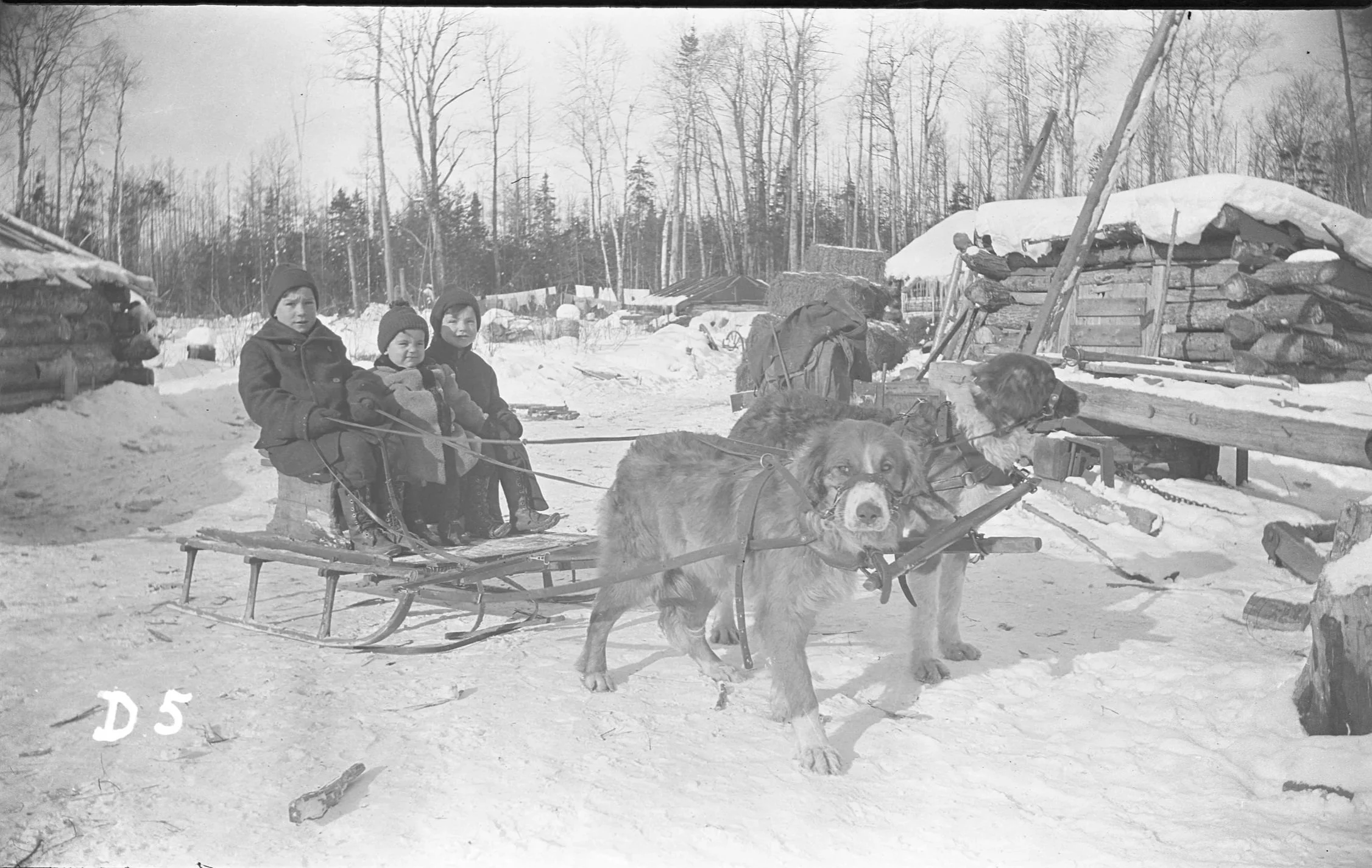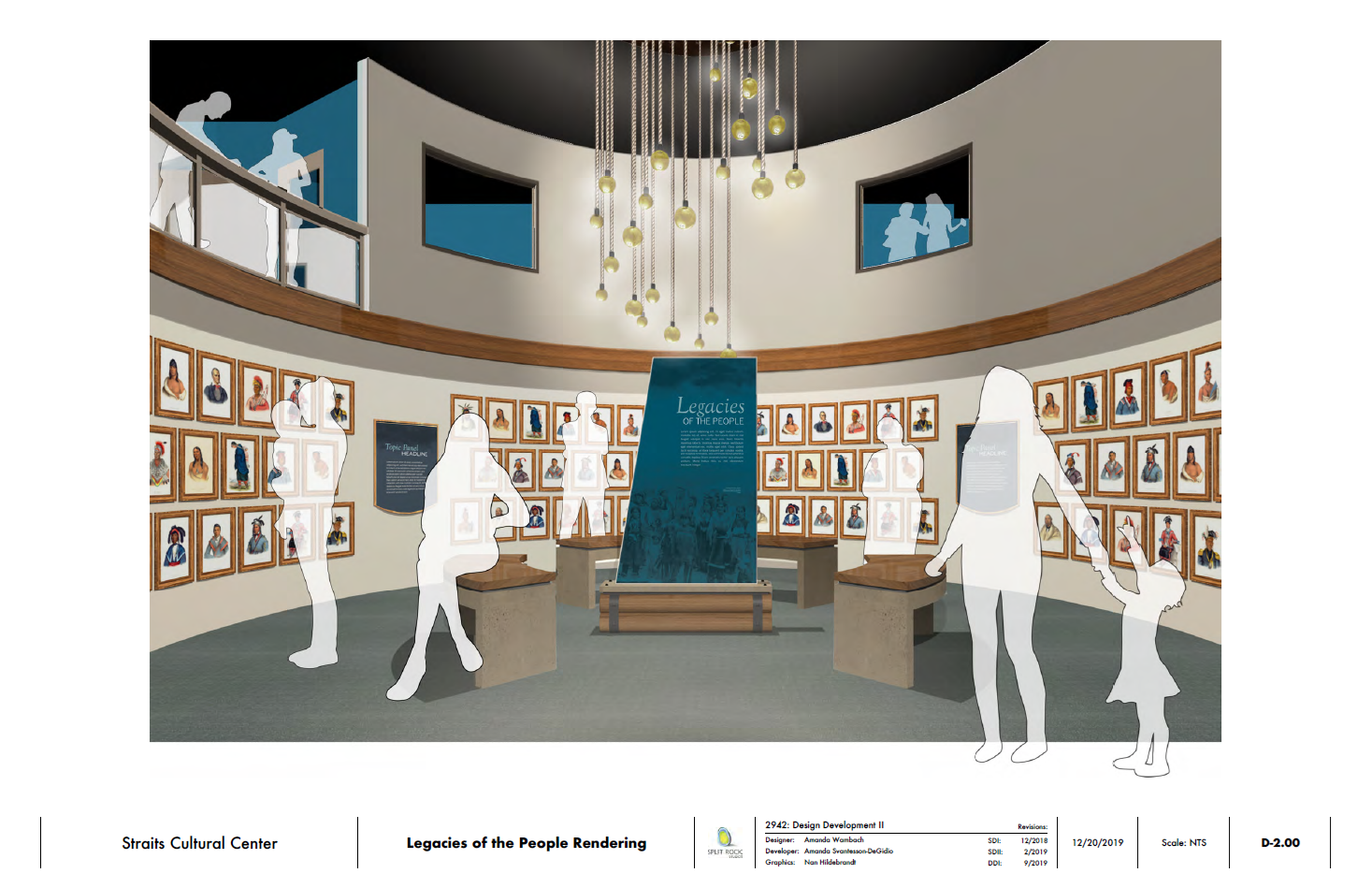NEWS RELEASE
June 12, 2025
FOR IMMEDIATE RELEASE
CONTACT: Molly M. Paquin, 231-420-3518
HISTORICAL SOCIETY AWARDED GRANT
The Michilimackinac Historical Society has been notified it has been awarded a $614,400 grant from the Michigan Department of Labor and Economic Opportunity (LEO) for the Straits Cultural Center project.
$9 million was awarded statewide to strengthen and sustain Michigan museums through LEO’s Community Museum Grant funding which will support museums and nonprofit foundations across Michigan operating educational programs that foster artistic, scientific, technological or cultural exhibitions.
“Museums are an essential part of Michigan’s cultural and economic fabric,” said Susan Corbin, LEO director. “They spark learning, fuel creativity and strengthen communities – all of which support economic growth. This funding shows our commitment to helping museums not just stay open but grow as vital spaces for lifelong learning and connection.”
141 museums applied for grants totaling over $80 million. Only 20 awards were given, totaling the $9 million available. Only those applicants scoring 97.5% or higher in the grant criteria were considered.
Recipients are receiving funding to support projects that stabilize, grow or enable museums to thrive in their educational and programmatic missions. The grant period spans from October 1, 2024 to September 30, 2029.
“Michigan is home to over 650 museums, large and small, in every corner of the state. Each one serves as a hub for curiosity, discovery, and community connection,” said Lisa Craig Brisson, Executive Director of the Michigan Museums Association. “Public funding helps these institutions expand access, engage more people, and deliver high-quality programs, while also attracting private investment that multiplies their impact. The grants awarded through his program will strengthen museums across Michigan and deepen their ability to serve their communities.”
Funding for these grants was made available through an appropriation in the Michigan Department of Labor and Economic Opportunity’s FY 25 budget.
“Michilimackinac Historical Society is very grateful to have been recognized by LEO through this highly competitive grant process,” said Molly M. Paquin, Executive Director. “Our grant writing team worked very hard, made sure every I was dotted and every T was crossed. We had to demonstrate our local efforts to stabilize, grow, and/or thrive within our exhibits and educational programs. We especially focused on how we will expand our mission impact and programmatic reach through our Straits Cultural Center initiative that grows internal capacity and sustainability,” she added.
“Receiving this grant positively impacts our ability to make considerable progress on the Straits Cultural Center,” Paquin said. “Because the competition was so great, we feel humbled that we were chosen and believe this shows our community how credible our project is and how dedicated our board, volunteers, staff and donors are to seeing this project move toward completion,” she added.
“I want to publicly thank those who worked with me on the grant writing team, Jill Eyre (lead), Susan Massaway and Jim Draze, for their commitment to crafting an excellent grant proposal and for their patience with me and multiple edits,” Paquin said. It was definitely a team effort of people who all believed passionately it would be successful,” she added.
The Historical Society continues to seek individual and corporate donations, foundation allocations, grants, and dollars from fundraising events. Anyone wishing to contribute may contact MHS through its website michmackhs.org for more information.
Awardees included:
Michilimackinac Historical Society $614,400
Detroit Zoological Society $819,200
Ford Piquette Avenue Plant $819,200
Michigan Humanities Council $819,200
The Great Lakes Children’s Museum $345,526
The Henry Ford $819,200
John Ball Zoo $409,600
Flint Children’s Museum $106,862
Flint Institute of Science and History $217,088
IQhub $98,468
Charter Township of Fenton $136,806
Detroit Public Schools Foundation $819,200
Ionia County Historical Society $108,954
Michigan Military Technical and Historical Society $36,277
Troy Historic Village $399,770
Air Zoo Aerospace and Science Center $819,200
Barry County $819,200
Dexter Area Historical Society $491,520
Hamtramck Historical Museum $95,558
The War Memorial $204,771
###mmp###
















